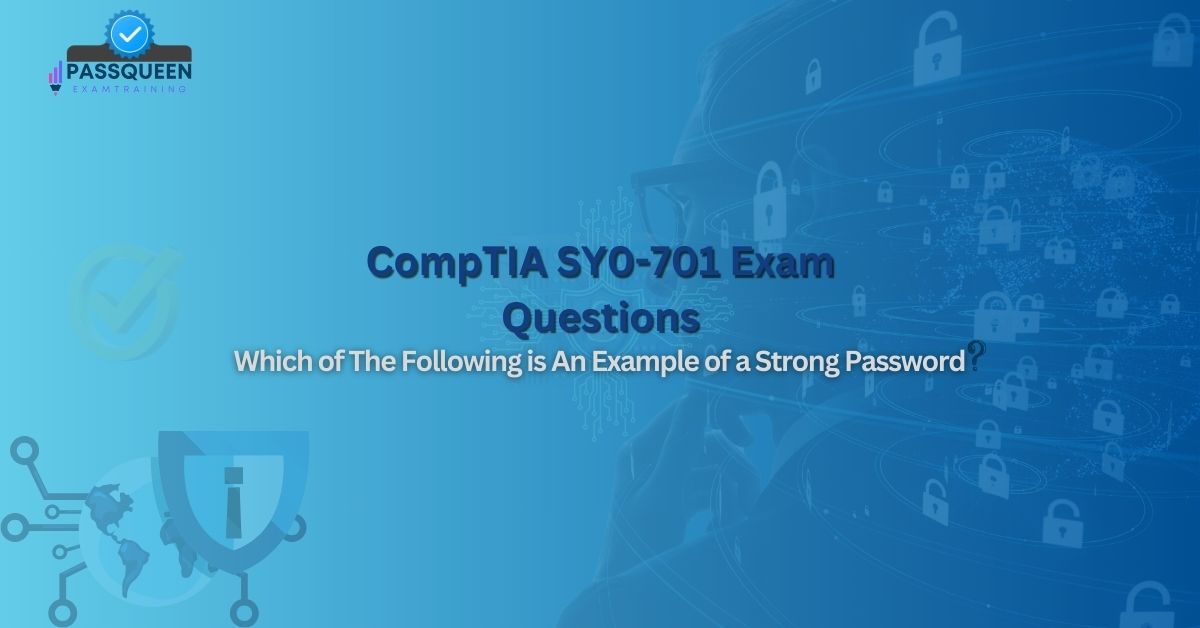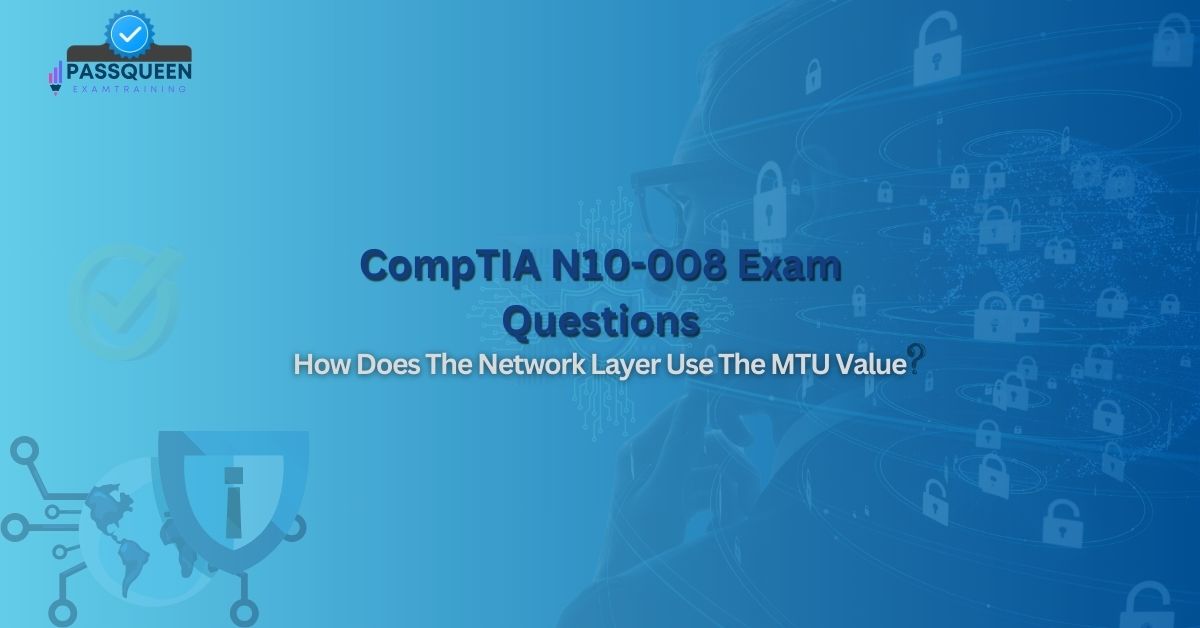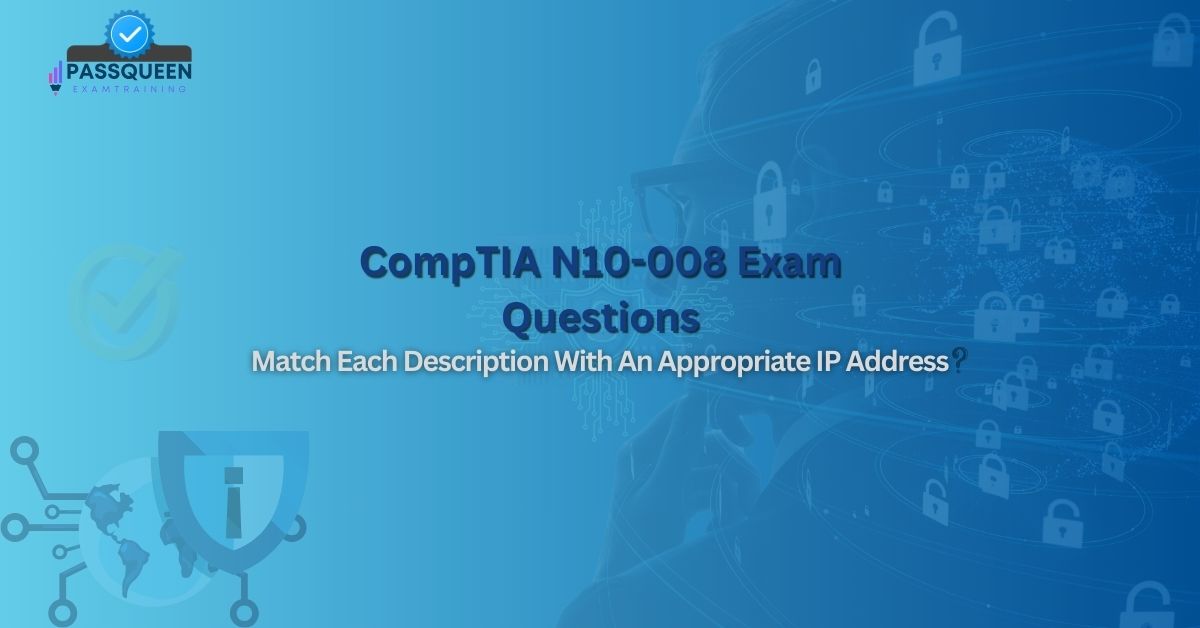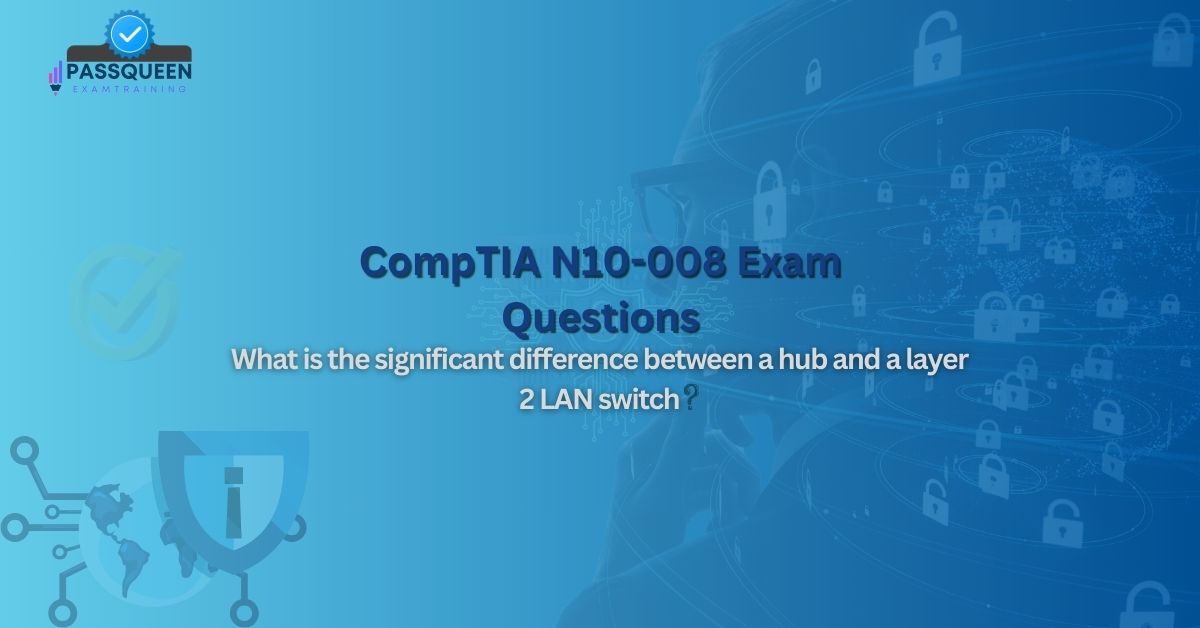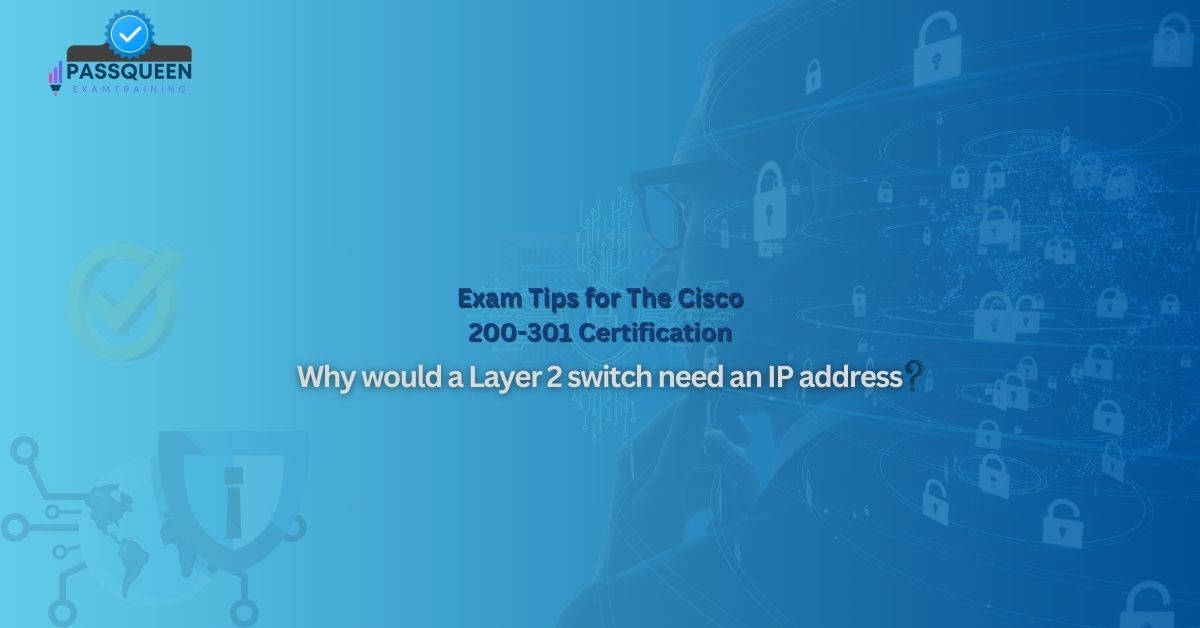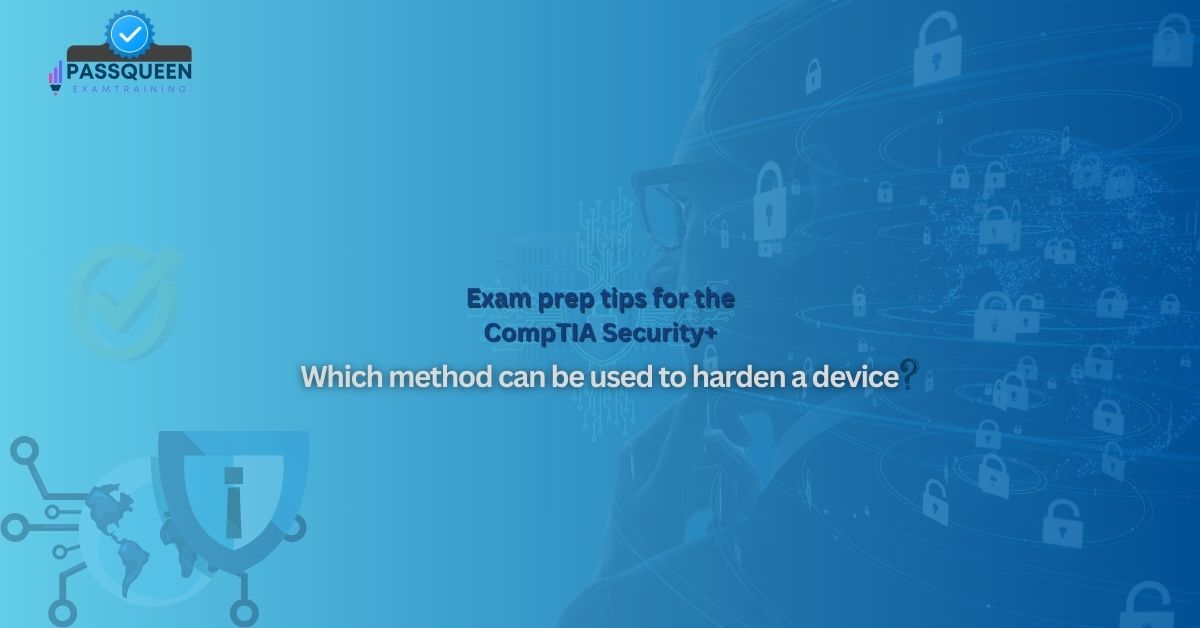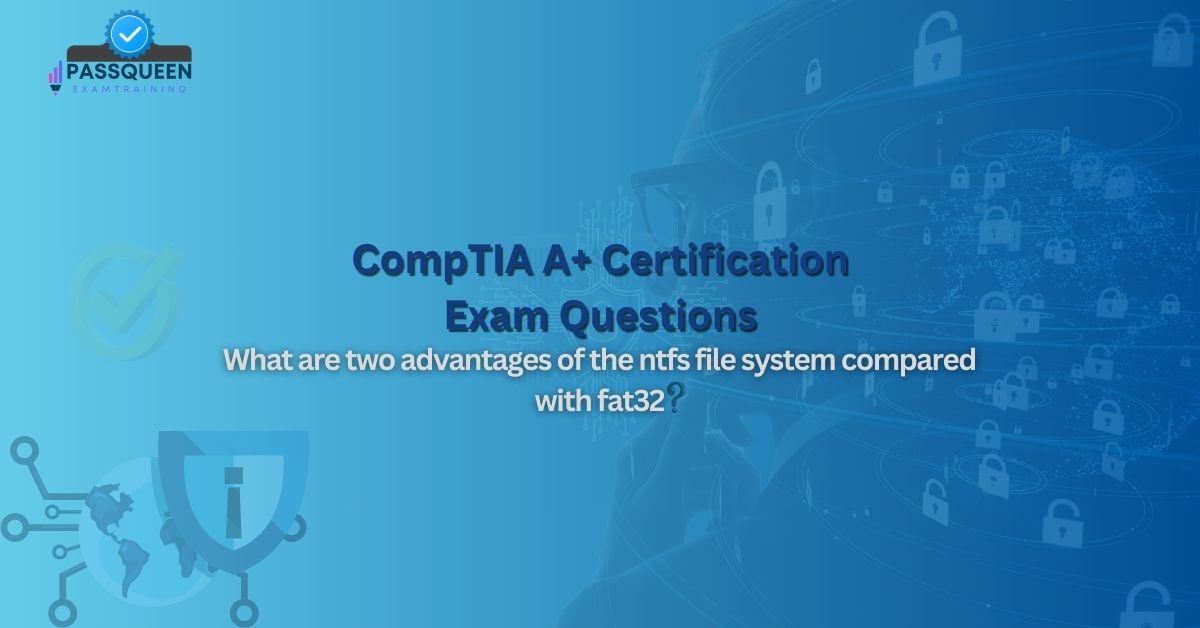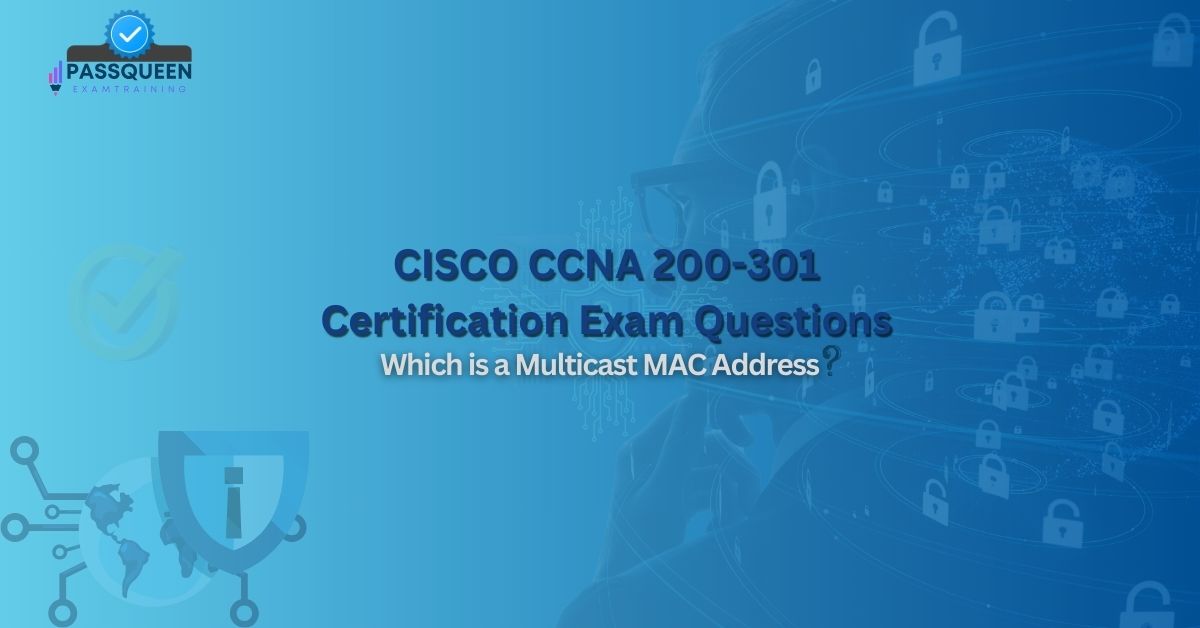Introduction
In the dynamic field of networking, understanding the components that make communication possible is vital for professionals pursuing certifications like CompTIA Network+. Among these components, end devices stand out as the starting and ending points of data exchange within a network. For candidates preparing for the N10-008 exam, a solid grasp of end devices and their functions is not just beneficial—it’s essential. This article delves into the importance of end devices, their key roles in a network, and their relevance to the CompTIA N10-008 Exam, while showcasing how PassQueen provides the tools to master this topic and excel in certification.
The N10-008 exam, part of the CompTIA Network+ certification, tests a candidate’s ability to design, configure, and troubleshoot networks. End devices, such as computers, smartphones, and IoT gadgets, are fundamental to these processes, serving as the interface between users and the network. By exploring two primary functions of end devices, along with additional roles for context, this article highlights their significance.
Importance for N10-008
The N10-008 exam emphasizes a practical understanding of networking concepts, and end devices are a recurring theme. Whether it’s identifying their roles in a network diagram or troubleshooting connectivity issues, CompTIA expects candidates to know how end devices interact with other network components like routers and switches. This knowledge is crucial for tasks such as configuring IP addresses, ensuring data reaches its destination, or diagnosing why a device can’t communicate.
Overview of End Devices in a Network
End devices, often called hosts, are the endpoints of a network where data originates or terminates. Examples include desktop computers, laptops, tablets, smartphones, printers, and even smart appliances like thermostats. Unlike intermediary devices (e.g., routers or switches), which forward data, end devices are where users interact with the network—sending emails, streaming videos, or printing documents.
In a typical network, end devices connect to a local area network (LAN) via wired or wireless means, communicating through protocols like TCP/IP. They rely on network infrastructure to transmit data to other end devices, whether across a room or across the globe. Understanding their role as the “bookends” of communication is key to mastering networking fundamentals, a cornerstone of the N10-008 exam.
Two Key Functions of End Devices (Choose Two)
While end devices perform multiple tasks, two functions stand out as critical and are frequently tested in the N10-008 exam:
- Originating Data: End devices generate the data that travels across a network. When you send an email from your laptop or upload a photo from your smartphone, the device creates the data packet, complete with source and destination addressing. This process involves application-layer protocols (e.g., HTTP, SMTP) and lower-layer encapsulation handled by the device’s operating system. For the N10-008 exam, recognizing end devices as data originators is vital for questions about packet creation or network traffic analysis.
- Receiving Data: Equally important, end devices serve as the destination for data. When you stream a movie on your tablet or receive a file on your desktop, the end device processes incoming packets, reassembling them into usable information. This function requires the device to interpret headers, verify data integrity, and pass the content to the appropriate application. In exam scenarios, candidates might need to troubleshoot why an end device isn’t receiving data correctly—making this function a focal point.
Additional Functions (For Context, Not Chosen)
For a fuller picture, end devices perform other roles, though these are less commonly highlighted in “choose two” exam questions:
- Running Network Applications: End devices host software like web browsers, email clients, or file-sharing programs that enable user interaction with the network.
- Assigning Network Addresses: While typically managed by DHCP servers, some end devices can statically assign their own IP addresses, influencing connectivity.
These functions provide context but are supplementary to the primary roles of originating and receiving data.
Application to N10-008 Exam Questions
The N10-008 exam tests end device knowledge in various formats—multiple-choice, performance-based, and scenario-driven questions. For instance, a question might ask, “What are two functions of end devices on a network?” with options like originating data, receiving data, forwarding packets, or routing traffic. (The correct answers, as noted, are originating and receiving data—forwarding and routing are functions of intermediary devices.)
In performance-based tasks, candidates might configure a network where an end device fails to communicate due to a misconfigured IP address or firewall blocking incoming data. Understanding the dual role of end devices as senders and receivers helps pinpoint the issue.
Preparation Advice
To master end devices for the N10-008 exam, a structured approach paired with PassQueen’s resources is key. Here are some tips:
- Learn the Basics: Start with a clear definition of end devices and their two primary functions.
- Use Visual Aids: Study network diagrams to see where end devices fit.
- Practice Questions: Tackle “choose two” questions about end device functions.
- Simulate Scenarios: Use tools like Packet Tracer to create networks with end devices, testing how they send and receive data.
- Review Protocols: Understand how TCP/IP enables end devices to communicate.
- Focus on Troubleshooting: Study common issues (e.g., connectivity failures) tied to end devices.
PassQueen’s strength lies in its up-to-date, targeted content. Whether through flashcards, videos, or full-length practice tests, it equips learners with the knowledge and confidence to excel.
Practical Examples
Real-world examples solidify understanding. Consider these N10-008-relevant cases:
- Home Network: Your laptop (an end device) sends a video file to a smart TV (another end device). The laptop originates the data, and the TV receives it, relying on the LAN for transmission.
- Office Issue: A printer stops receiving print jobs. As an end device, its role as a data receiver is disrupted—perhaps due to a firewall blocking incoming packets. Troubleshooting this aligns with N10-008 skills.
- IoT Deployment: A smart thermostat sends temperature data to a cloud server. As an end device, it originates data, highlighting its role in modern networks.
Conclusion
End devices are the unsung heroes of networking, serving as the origin and destination of all data exchange. For the N10-008 exam, mastering their two key functions—originating and receiving data—is a must for success. These roles underpin network communication, and CompTIA tests this knowledge rigorously. With preparation, what seems basic becomes a strength.
PassQueen elevates this preparation with its tailored, high-quality resources. From clear explanations to realistic practice, it ensures candidates not only pass the N10-008 exam but also gain skills for real-world networking. As you embark on your certification journey, let PassQueen guide you to mastery of end devices and beyond—your Network+ success awaits.
Sample Questions for CompTIA N10-008 Exam
What are two functions of end devices on a network? (Choose two.)
A. Forwarding packets between networks
B. Originating data to be sent across the network
C. Routing traffic based on IP addresses
D. Receiving data from the network
Correct Answers: B, D
Explanation: End devices originate data (e.g., sending an email) and receive data (e.g., downloading a file), making them the starting and ending points of network communication. Forwarding and routing are functions of intermediary devices like switches and routers, not end devices.


